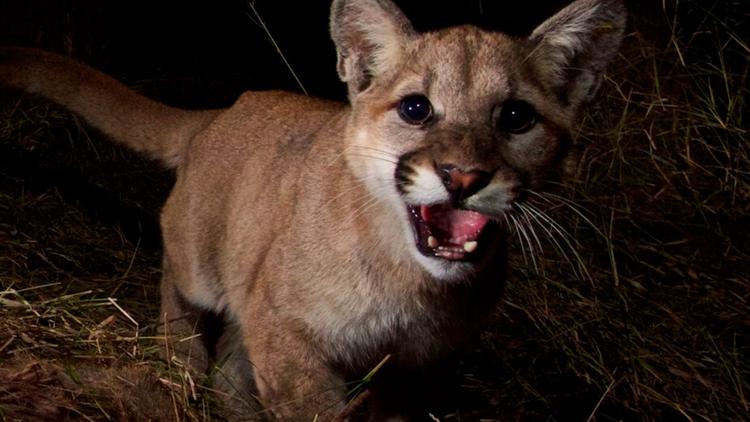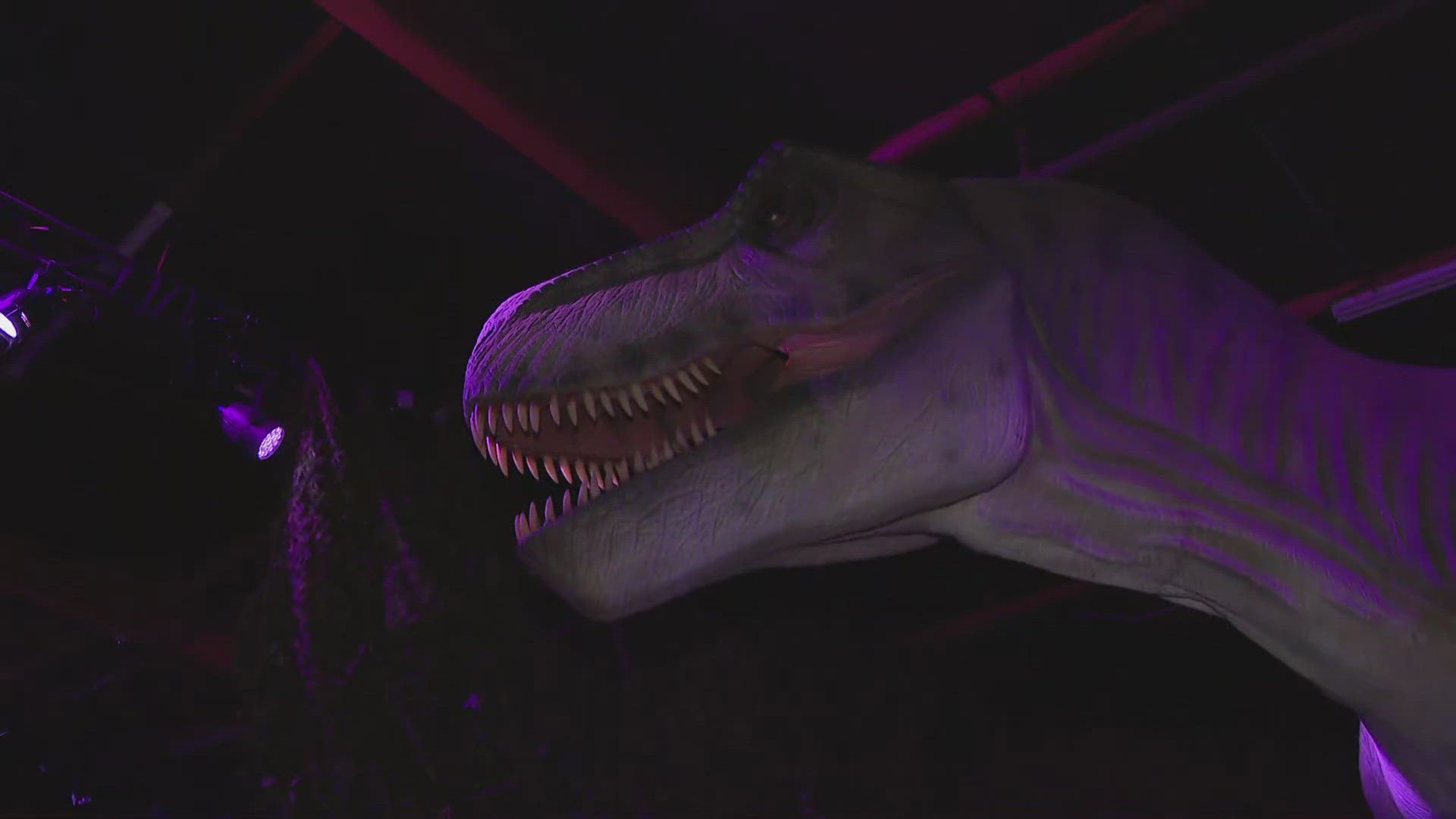PLANO, Texas — There have been two confirmed sightings of a mountain lion in North Texas over the past week, but sightings of mountain lions remain very rare in North Texas, wildlife officials told WFAA.
The recent sightings have increased interest in all wild felines, and some viewers have sent in photos of seemingly wild animals asking, could this be a mountain lion? Experts say mountain lions tend to be more aggressive than bobcats but are also exceedingly rare in North Texas.
There are some key differences between the two wild cats that can help you identify them, and keep them away from your house (and pets).
How to identify a mountain lion?

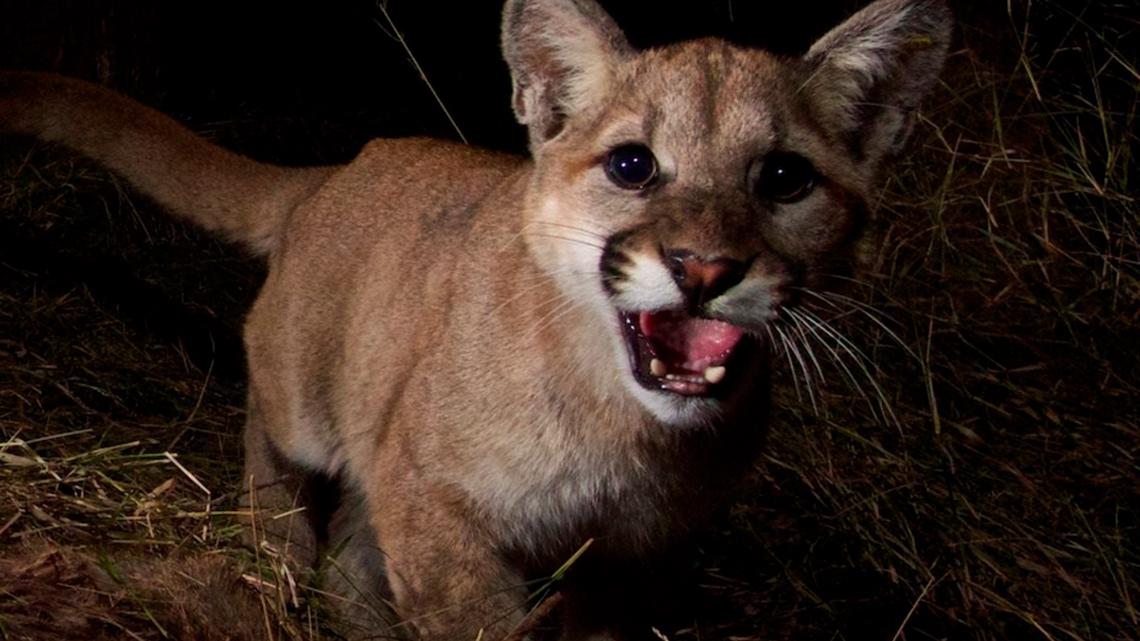
A mountain lion's scientific name, Puma concolor, means cat of one color. It is an unspotted cat that is reddish brown to tawny in color, according to an article from Texas Parks and Wildlife. Males may be as long as 8 feet, 6 inches and females as long as 6 feet, 7 1/2 inches.
Males normally weigh 100-150 pounds and females weigh 55-90 pounds. They have a long tail. The cats range over West Texas, Central Texas and limited areas of North Central Texas, according to Texas Parks and Wildlife.
"The cat is most common in remote, thinly populated ranchlands but may be encountered almost anywhere," the article states.
The lions tend to be shy and nocturnal and live a mostly solitary life, according to Texas Parks and Wildlife.
How to identify a bobcat?

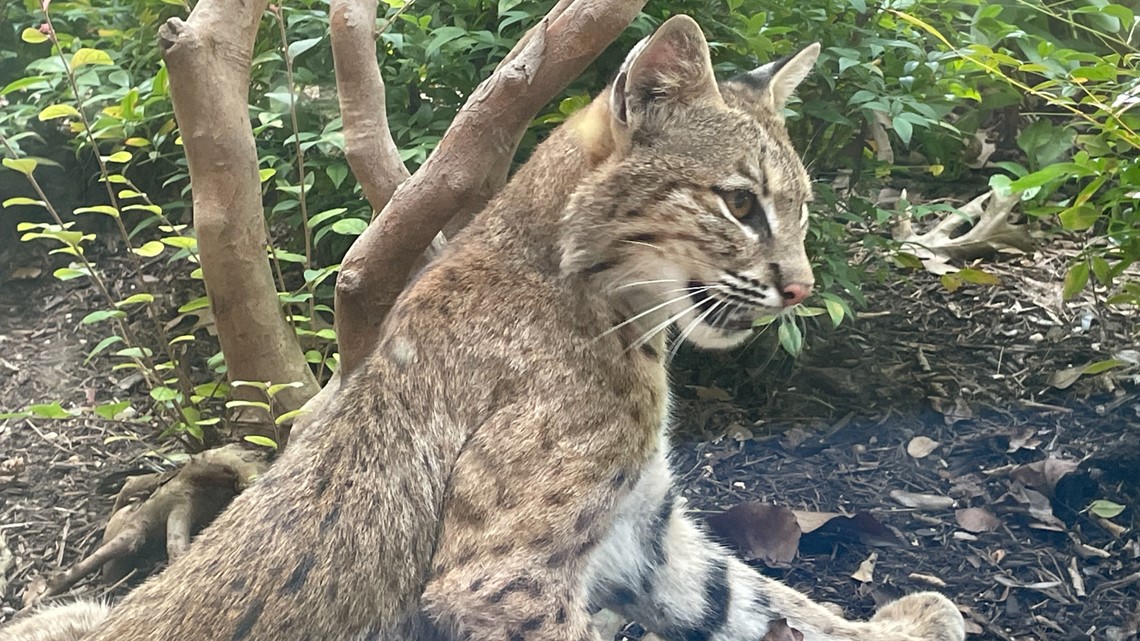
A bobcat is a spotted, reddish-brown cat with a shorter tail. Its ears usually have small tufts at the tips, according to Texas Parks and Wildlife. An average adult is about 3 feet, 6 inches long and weighs about 12-20 pounds.
Bobcats are distributed throughout Texas and are highly adaptable to human settlements, according to the article.
"The reclusive Bobcat is active largely at night, although they frequently leave cover and begin hunting long before sundown," The article states. A bobcat's diet is made up of mostly small mammals and birds, according to Texas Parks and Wildlife.
How to identify a coyote?

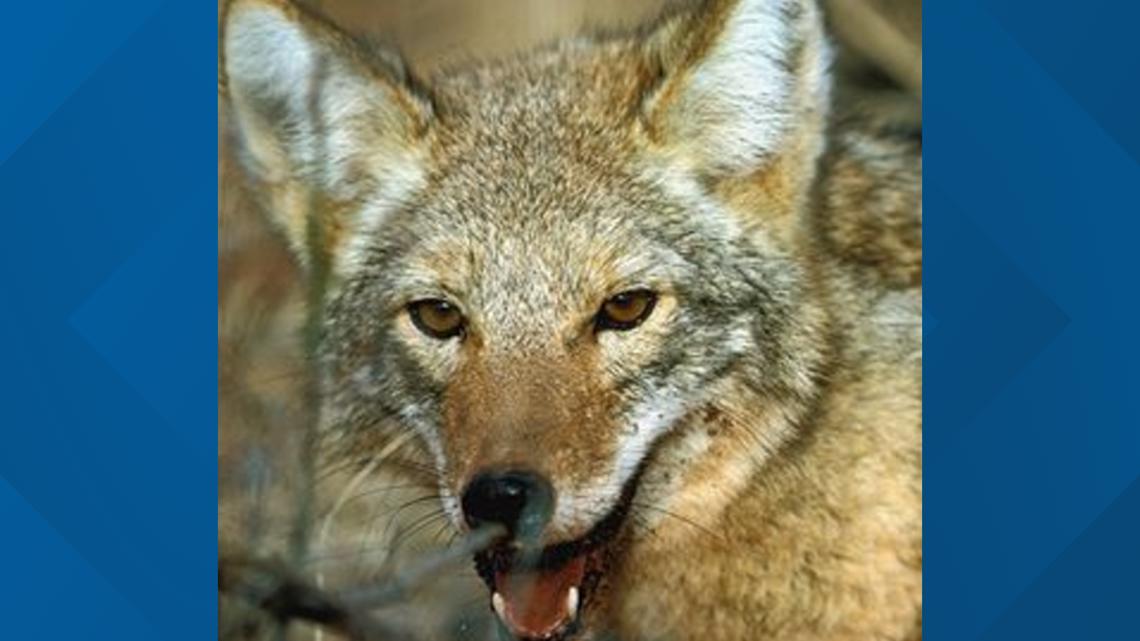
While felines and canines often look very different, under the cover of darkness it can be harder to tell them apart. A Coyote is similar in size to a German shepherd, according to Texas Parks and Wildlife. They usually have long, skinny legs, a bushy tail with a black tip, and large ears.
Coyotes are found throughout the United States and are typically nocturnal and very opportunistic, according to the article. They will eat just about anything, according to Texas Parks and Wildlife.
How to deter bobcats, other wildlife
Bobcats play a crucial role in pest management in urban ecosystems and typically avoid people, according to Texas Parks and Wildlife. Humans can take precautions to make urban areas safer for bobcats and humans to coexist.
Texas Parks and Wildlife recommends never intentionally or unintentionally feeding wildlife because it can cause them to associate people or pets with food. Also, be sure to keep your pets leashed when outdoors to avoid any run-ins with wild animals, Texas Parks and Wildlife said.
If you see a bobcat, do not panic but if you notice the cat frequenting an area where it is not welcome, deter them by making loud noises, waving your hands, spraying water or even throwing small objects at it. If a bobcat is acting aggressively, you should call your local authorities, according to Texas Parks and Wildlife guidance.

